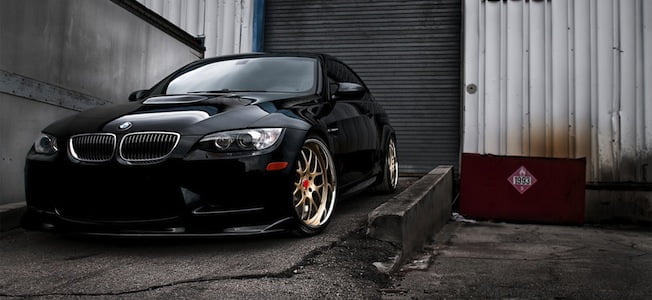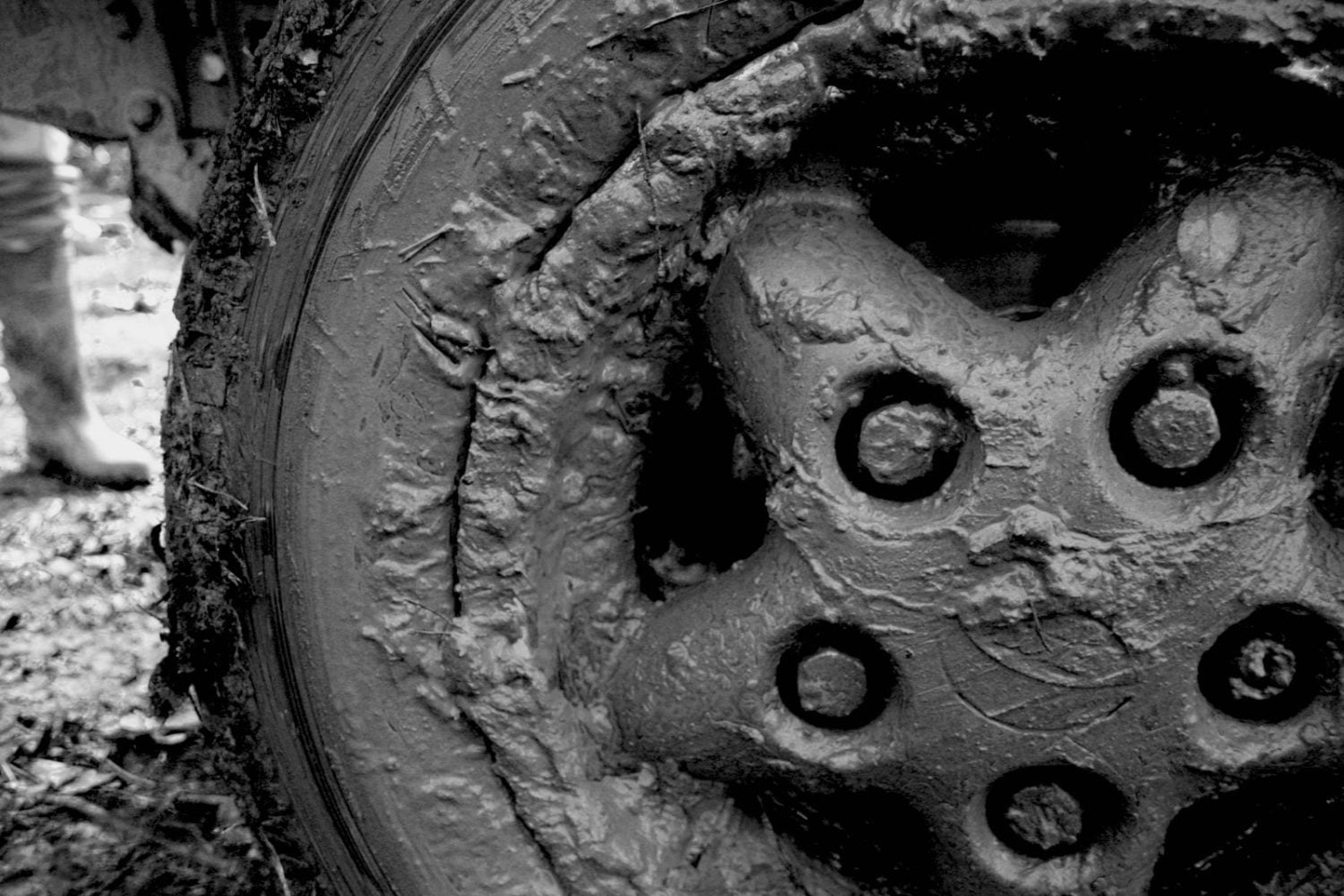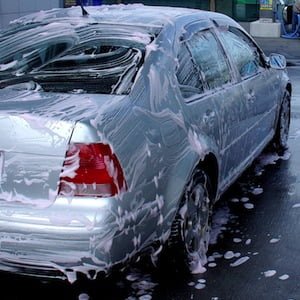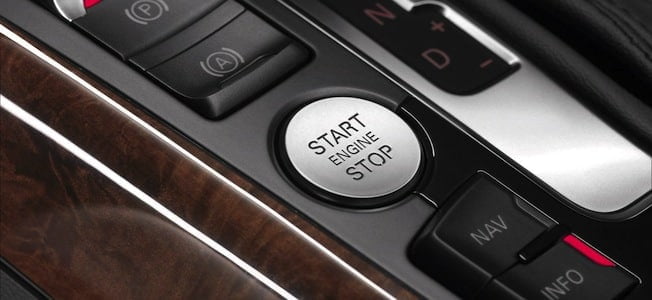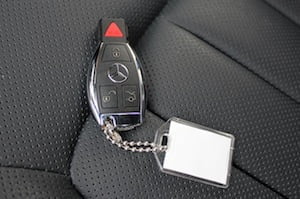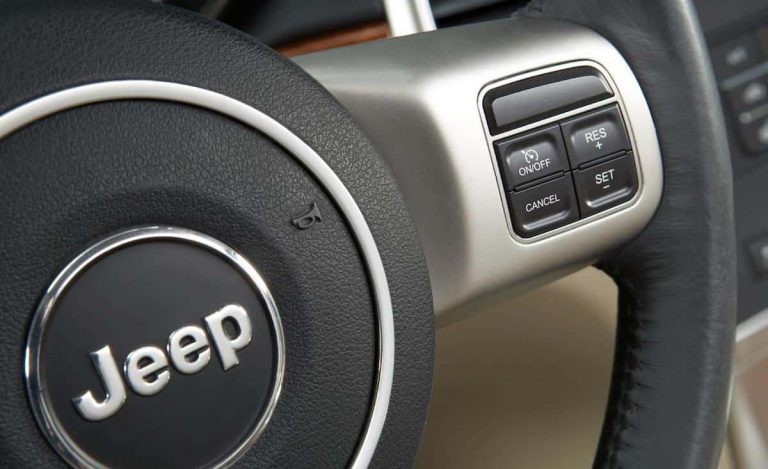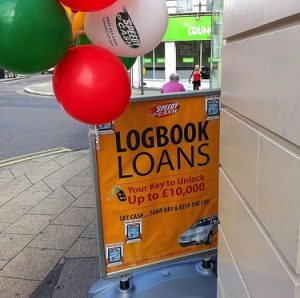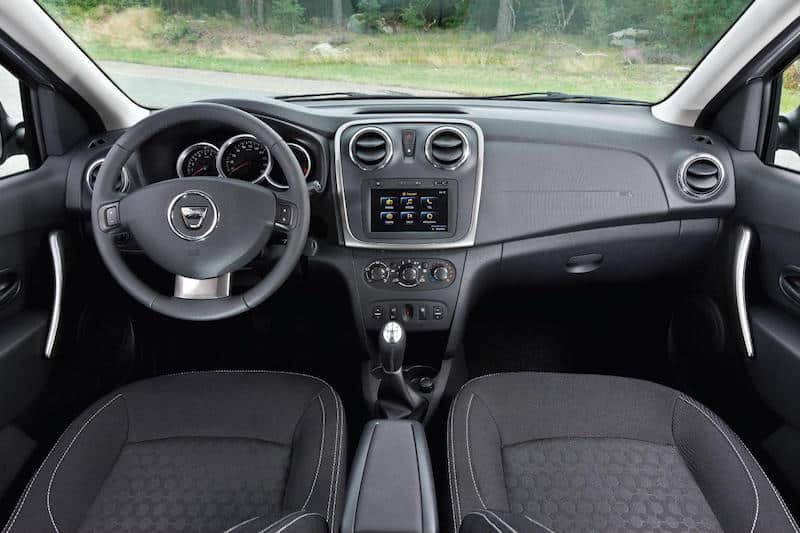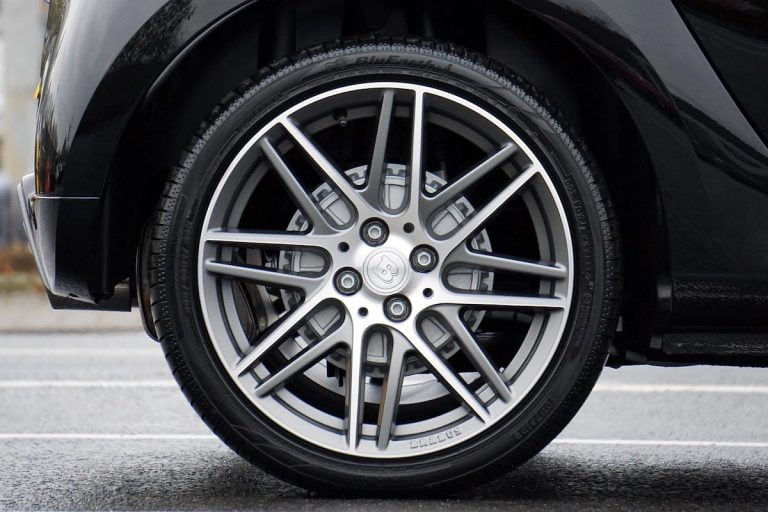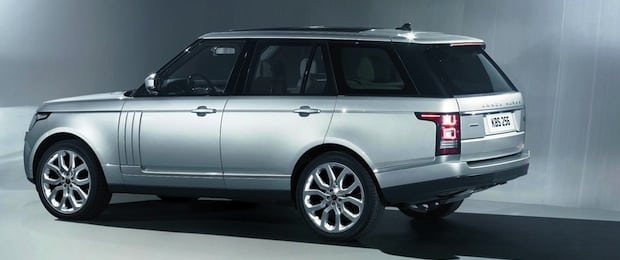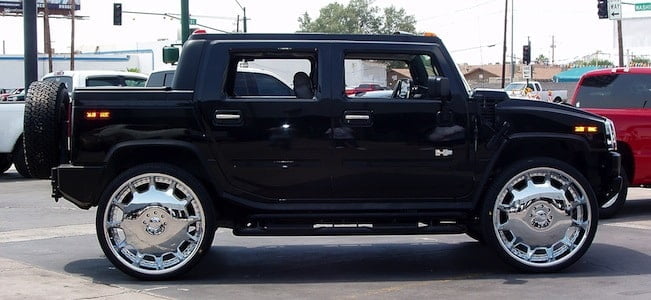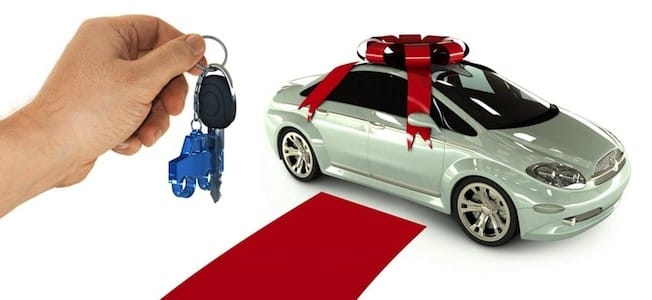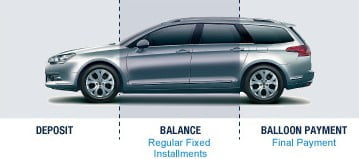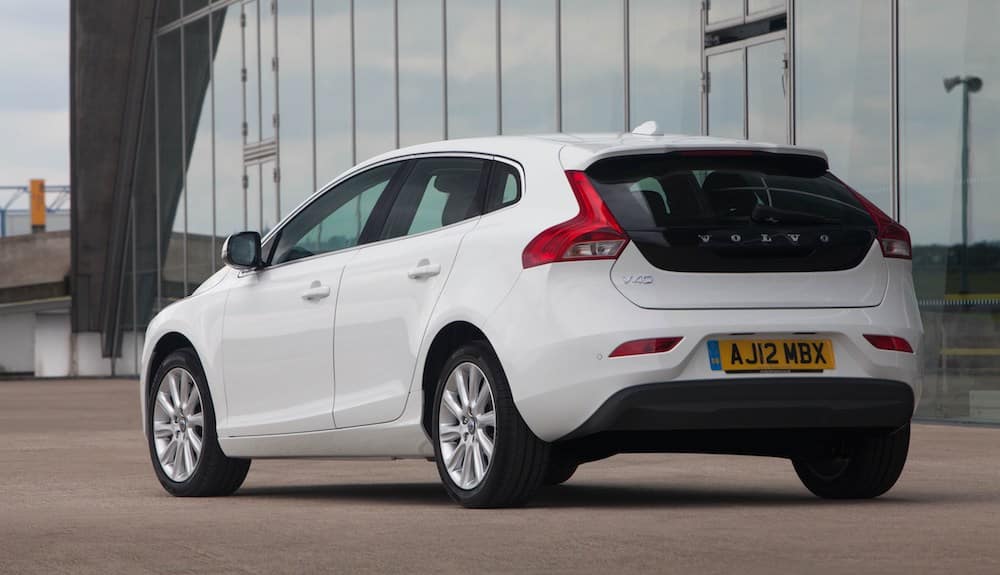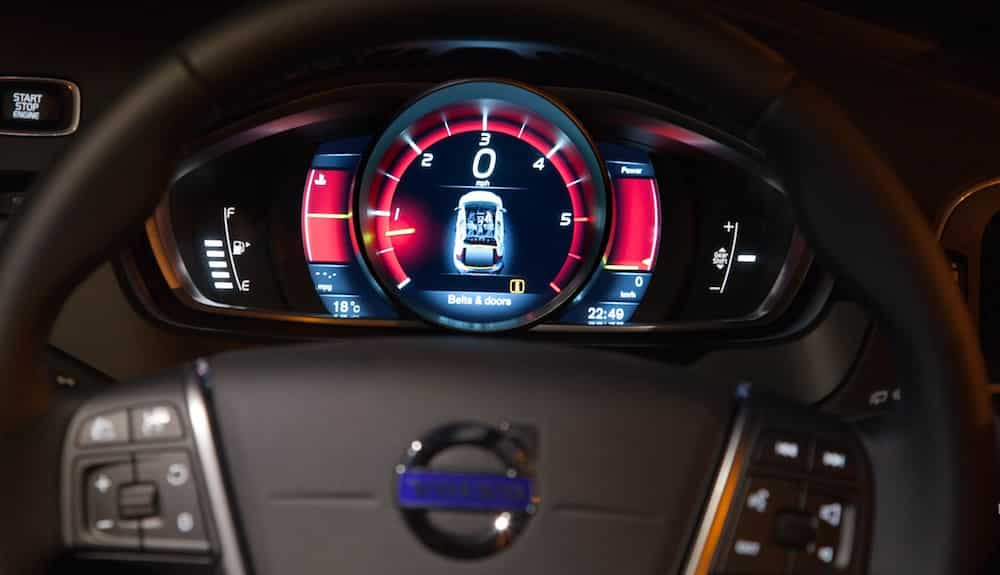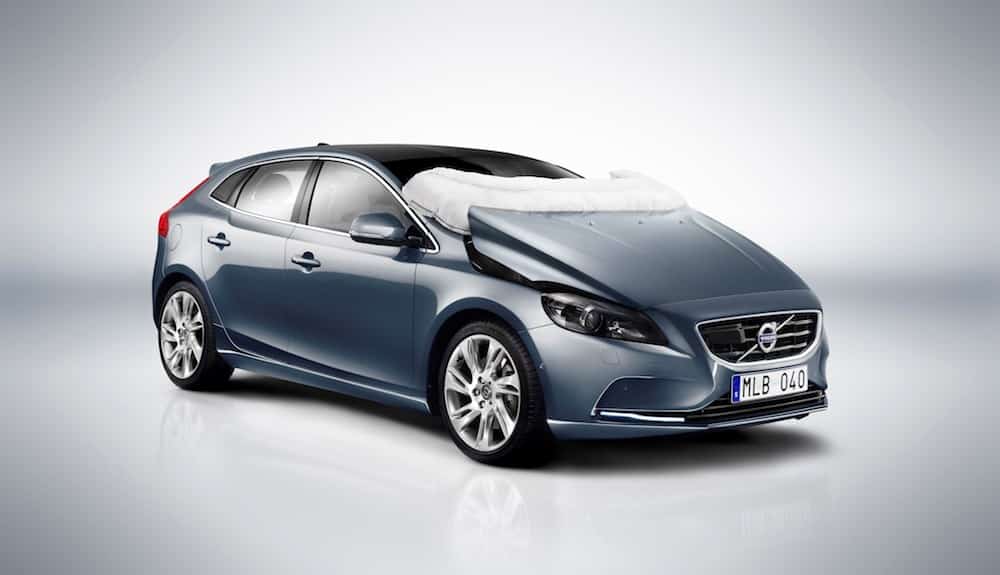It seems like we’ve been waiting forever for electric cars to come along, but after countless false starts over the years, it looks like the electric car is finally here to stay.
Now, we need to start with some boring terminology: A true electric car (EV, for Electric Vehicle) has no petrol engine as backup, so you are reliant on the batteries having enough charge to get you to where you need to go. The Nissan Leaf is the best-known electric car currently on sale.
A regular hybrid uses an electric motor and/or a petrol motor, depending on the circumstances. You don’t plug it into a wall socket as the batteries charge while you are driving. A typical journey, even a short one, will use both electric and petrol power to drive the wheels. The Toyota Prius is the most popular and best-known hybrid on sale around the world.
A plug-in hybrid, “range-extending” electric car, is technically more of a fancy hybrid than a true EV although it drives more like an EV than a regular hybrid. In practice it might be a huge difference or none at all, depending on how you use the car. A range-extender, or plug-in hybrid as it’s more commonly known, has a petrol engine which can be used to power the electric motor once the batteries have drained, but the petrol engine does not directly drive the wheels*. The Vauxhall Ampera/Chevrolet Volt twins are the leading example of this type of car, and they claim an urban fuel consumption of 300mpg (yep, that’s three hundred. Not a typo!)
A car running on an electric motor is usually very quiet (eerie silence or a distant hum instead of a clearly audible petrol engine) and smooth (no vibrations from engine or gearbox). The response from the car away from rest is both immediate and powerful, as electric motors generate huge amounts of torque instantly. They’re quiet from the outside to, to such an extent that the EU is considering making audible warnings compulsory in the future as pedestrians simply won’t hear an electric car coming.
In terms of exciting handling, electric cars are usually not brilliant, it must be said. They tend to be very heavy and usually run tyres & wheels more beneficial for economy than handling. But as a commuter vehicle around town, they are zippy and efficient. Plus they generate less noise, heat and pollution into the street so a traffic jam of Nissan Leafs in the city would be a lot more pleasant for passing pedestrians.
The batteries on a typical electric car only give it enough range for a few miles (although a true EV will have a bigger battery pack as it doesn’t have to fit a petrol engine & fuel tank as well), so the cars use various means to charge the battery while driving. Usually this involves converting kinetic energy from coasting and braking to electric energy to store in the batteries. The Fisker Karma even has solar cells in its roof to charge the batteries as well.
However, a longer journey will inevitably mean that the batteries are drained. In a fully electric car that means you have to stop and charge the batteries, so hopefully you parked near a power socket somewhere and have several hours to find something else to do. In a hybrid, the petrol engine will start up to provide the power. In a regular hybrid like a Prius, the car effectively becomes an ordinary petrol car, albeit with a fairly underpowered engine pushing a heavy car around so it’s not swift. In a ‘range extender’ like the Ampera/Volt, the petrol engine provides energy to the electric motor to drive the wheels, which is more efficient in both performance and economy. Depending on how you’re driving, any spare energy from the petrol engine can be used to charge up the batteries again, so the car may switch back to electric power once charging is complete.
So what does this mean in the real world?
Well, how much of the following driving do you do? We’re assuming here that the batteries are fully charged when you set off.
Short trips (<50 miles between charges).
These sort of journeys are ideal for electric cars and plug-in hybrids, as the batteries will cope with the whole journey and also get some charge while you drive. A regular hybrid will still need to use the petrol engine, although how much depends on how you drive it and how much charging it is able to get along the way.
Medium trips (50-100 miles between charges).
These are the sorts of trips that give EV drivers plenty of stress, as the traffic conditions may mean you run out of juice before you make it to your charging point. A plug-in hybrid or regular hybrid will be fine because they can call on the petrol engine. In a regular hybrid, this means the car will be petrol powered for most of the journey. In a plug-in hybrid, it will be mainly electric with the petrol engine kicking in to top up the batteries if needed late in the journey.
Longer trips (100+ miles between charges)
Not feasible in a fully-electric car, as you will almost certainly run out of electricity before you get there. The regular hybrid is basically a petrol car for almost the whole journey and the plug-in hybrid is majority electric but supplemented by petrol in a far more efficient way than a regular hybrid.
The pros and cons:
Let’s summarise the three types of electrically-powered cars:
Regular hybrid (eg – Toyota Prius)
PROS: cheaper, no charging required, no range anxiety, regular petrol engine makes it feel like a regular petrol car
CONS: only very short journeys (a few miles at best) will be fully electric, small battery pack and weak petrol engine means relatively poor performance compared to a normal petrol car or a fully electric car, poor economy when driven hard (like most Prius minicabs in London…), not very spacious for passengers and luggage due to carrying petrol and electric powertrains in one car
Fully electric car (EV) (eg – Nissan Leaf)
PROS: powerful electric motor gives much better performance than a regular hybrid, larger battery pack means longer electric running , no petrol engine reduces weight and frees up a lot of space, £5000 government rebate, electricity is cheaper and usually less polluting than petrol, privileged parking spaces in certain public places
CONS: Still expensive despite rebate, minimal range capability due to lack of petrol engine backup, resulting range anxiety is a real issue for drivers, question marks over battery life, technology advances will make next generation massively better and hurt resale value, some driving adaptation required, lengthy recharging required after even a moderate drive,
Plug-in hybrid / range-extender (eg – Vauxhall Ampera)
PROS: powerful electric motor and backup petrol engine give best combination of performance and range, most journeys will be fully electric which is cheaper than petrol, no range anxiety, privileged parking spaces in certain public places
CONS: Very expensive despite rebate, question marks over battery life and resale value, wall socket charging is still slow, lack of space and very heavy due to having petrol engine and fuel tank as well as electric motor and batteries.
Electric car economics – is it all worth it?
For most people, an electric vehicle is difficult to justify on pure hard-headed economics. Even with a £5,000 rebate from the government, an electric car is expensive. A Nissan Leaf starts at £31,000, so after the government gives you £5K you have spent £26K on a car which would be probably worth about £15K if it had a normal petrol engine. That could conceivably buy you a decade’s worth of fuel! And there are still question marks hovering over the long-term reliability of batteries and resale value, which may bite you hard somewhere down the line.
Electric cars and the environment
Buying a hybrid or electric car because you think you’re helping the environment may not be helping that cause as much as you think, if at all. Producing car batteries is a dirty and complicated process, and the net result is that there is a significantly higher environmental impact in building an electric or hybrid car than building a regular petrol or diesel car. So you’re starting behind the environmental eight-ball before you’ve even driven you new green car.
Beware of “zero emissions” claims about electric vehicles, because most electricity still comes from fossil fuel sources (like gas or coal) rather than renewable sources, so you are still polluting the atmosphere when you drive, albeit not as much and the effects are not as noticeable to you. If you have your own solar panels or wind farm to power your car, this is much more environmentally friendly.
Range anxiety
The biggest electric car turn-off for car buyers (other than the high purchase price) is the joint problem of very limited range and very slow recharging. In a petrol or diesel car, you can drive for a few hundred miles, pull into a petrol station and five minutes later you are ready to drive for another few hundred miles. In an electric car, you drive for 50-100 miles, then have to stop and charge it for several hours to drive another 50-100 miles.
If you only take short journeys and can keep the car plugged in whenever it stops (usually at home or work), this may never be a problem. But you can’t expect to jump in the car and drive a couple of hundred miles, or get away with forgetting to plug the car in overnight after a journey. You have to be much more disciplined in terms of planning your driving, and allow for recharging. Away from home this is still a big problem as there are relatively few power sockets available in public parking areas for you to use.
A plug-in hybrid like the Vauxhall Ampera/Chevrolet Volt gets around the range anxiety problem, as does a normal hybrid like a Toyota Prius, but you are carting a petrol engine (and fuel) around all the time which you may not need, adding hundreds of kilos of weight and taking up lots of space, so it’s a compromise.
So as you can see from all of the above, it’s not at all straightforward. You need to carefully consider what sort of driving you will be doing and what you need your car to be able to do.
Further reading on environmentally-friendly driving
Fuel economy – petrol vs. diesel: The Car Expert explains the differences.
Fuel economy – real-world vs. official figures: The Car Expert explains why most drivers can’t match the official fuel economy figures on their cars.
Fuel economy – Are diesel cars suitable for city driving?: The Car Expert explains how urban driving affects diesel drivers.
*there is a complicated technical argument about whether the Ampera/Volt’s petrol engine directly drives the wheels under certain circumstances, but it’s really boring and doesn’t really make any difference to anybody.



